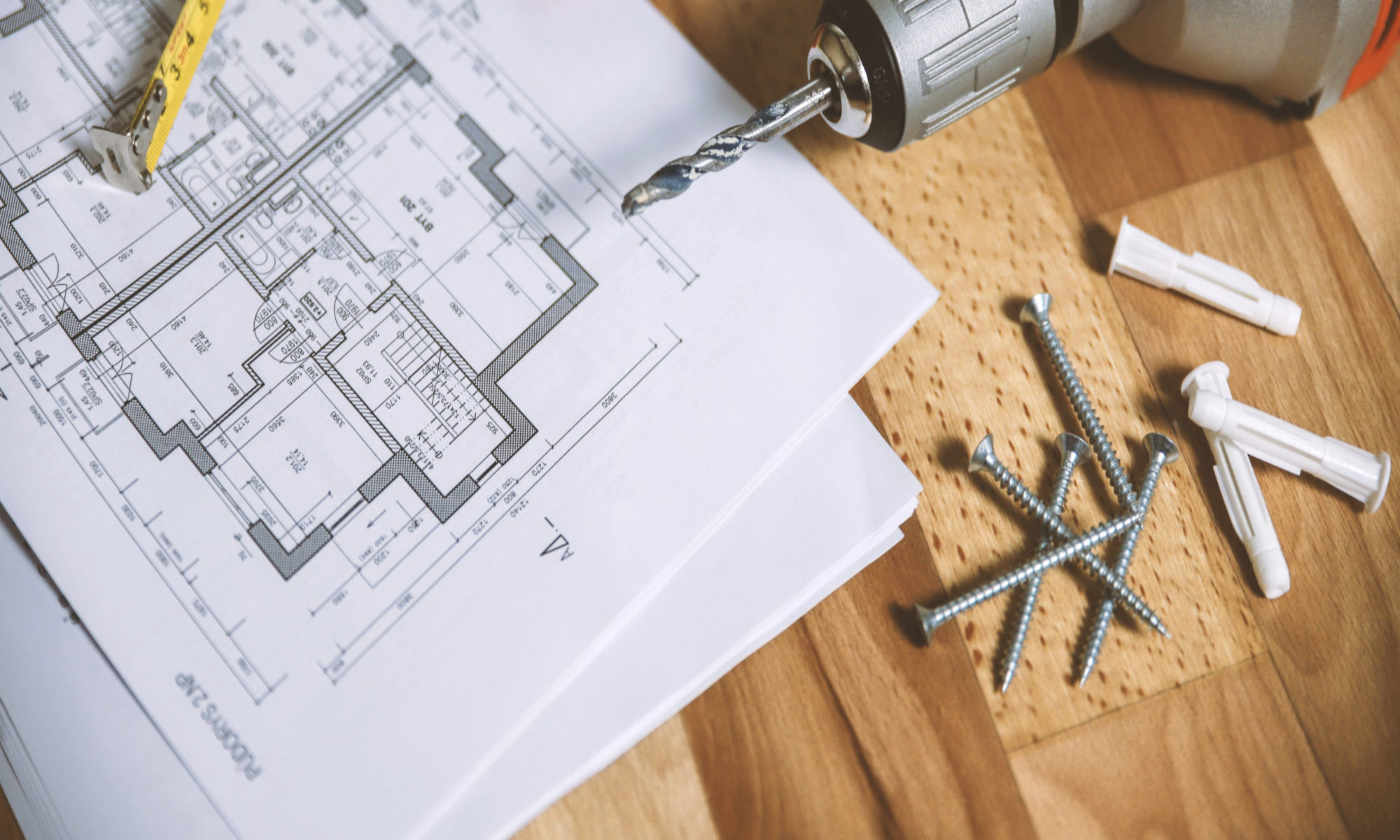Conducting a meeting with some engineers to a Design FMEA is pretty hard because the engineers are always busy. Gathering several engineers and conducting a long hour meeting not only makes a pressure on the project schedule but put an additional burden on the engineers. Even worse, the Design FMEA meeting does not create a tangible design elements. But the manager and the engineer could be relieved from the burden if they understand a positive effect of Design FMEA.
I would like to share my case study of Design FMEA in a company.
The company had several PCB (Print Circuit Board) design teams separated by the product lines. A team re-design a PCB 9 times from the design start to the end of product release. The team tried to find a design anomaly by testing, and re-design the PCB every time whey they found a new major issue on the PCB at a new testing.
The unpredictable project was delayed again and again every time when a new anomaly was found. It was not because of engineers’ skill or capability. Actually they were really good. It is because of a new and difficult design requirement on the PCB. So the engineers took the “Trial and Error” approach to meet the new and difficult design requirement.
Re-designing PCB 9 times could be an extreme case, but the team used to re-design a PCB 5 or 6 times on average before applying the Design FMEA for PCB design.
The team seriously applied the Design FMEA for all PCB design, and they reduced the number of re-design PCB 4 times at most, and 2 times on average after 5 years of practices with Design FMEA. Consequently, the project schedule became predictable and they agreed with the positive effect of Design FMEA which was able to shorten the project schedule and reduce the project cost.

Another team in the same company has not use the Design FMEA for PCB development. The number of re-design PCB in the team is still 6 times. The difference between the teams (i.e., with/without Design FMEA) became remarkable after 5 years.
Re-designing PCB takes a month or longer. The one month of project schedule delay could cost a million dollars or more because of additional engineering cost, the cost of lost opportunity, the penalty cost to the customers, and others.
The cost of Design FMEA is much cheaper than the cost of delay. If a team (4 engineers) takes 5 hours to create a Design FMEA, the cost of the Design FMEA could be $100 x 4 people x 5 hours = $2,000.
Actually, it is hard to evaluate the positive effect of Design FMEA quantitatively. But if we compare the cost of Design FMEA to the cost of project delay, the benefit of Design FMEA is obvious.
